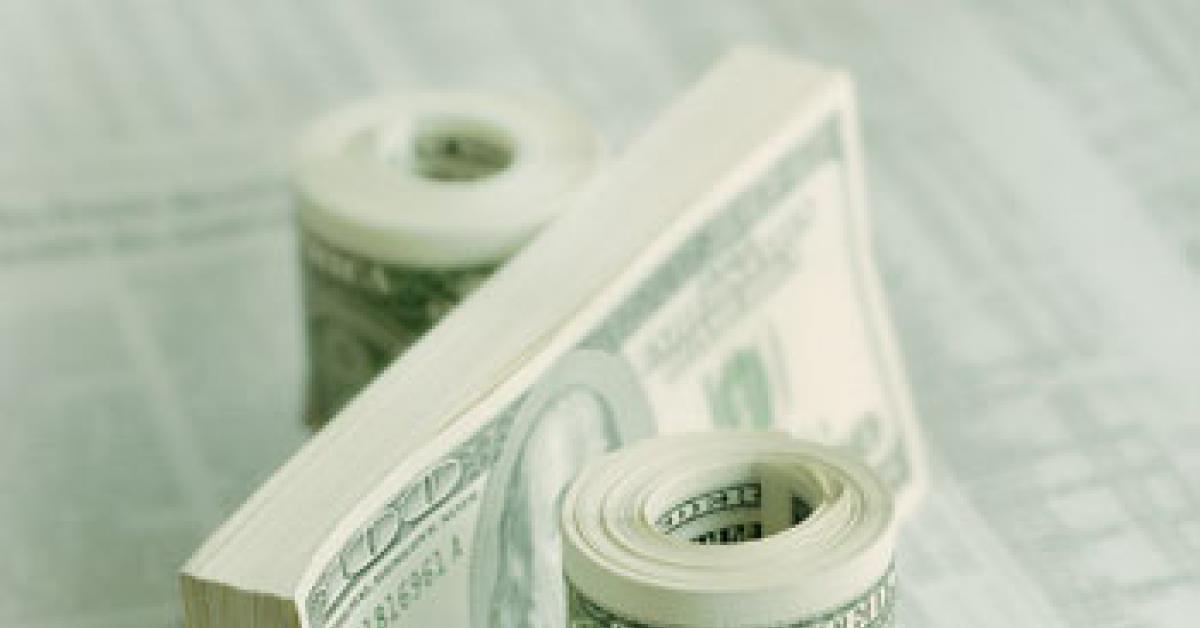ARDMORE, Pa. — Thanks to the 100% “bonus” depreciation write-offs created by the Tax Relief, Unemployment Insurance Reauthorization and Job Creation Act of 2010, many dry cleaning businesses are discovering that capital investments in equipment, machinery and other business assets are more affordable today than ever before. Remember, however, the 100% bonus depreciation write-off is available only for qualifying purchases made by dry cleaning plants and businesses in 2011.
Those dry cleaners that have hesitated or postponed making capital investments because of the recent economic downturn might now want to consider how the combined use of incentives and the 100% bonus depreciation can substantially reduce the cost of capital investments. Even funding those new-equipment purchases is easier—at least for a while.
OPTING OUT
Although the 2010 Tax Relief Act included the best terms ever for bonus first-year depreciation, namely a 100% write-off of the cost of qualifying property, not all dry cleaning businesses will find it desirable to use front-load depreciation deductions. While it is possible to elect out of bonus depreciation entirely, it is, at least for now, less certain that a laundry or dry cleaning business can step down from 100% to 50% bonus depreciation.
The prime example of a situation crying out for a dry cleaning business to opt out of 100% bonus depreciation is one where there are about-to-expire net operating losses, the value of which would be lost if current-year income were reduced too much by claiming the maximum depreciation allowance. Similarly, a laundry or dry cleaning business that currently is, and in the recent past, has been in a low tax bracket and expects to be in a higher bracket in future years may want to defer depreciation deductions to offset future higher-taxed income.
An election to take a reduced bonus-depreciation deduction was specifically authorized under prior law, when a taxpayer could elect 30%—instead of 50%—bonus first-year depreciation. Until recently, however, it appeared that the only choice for a dry cleaning business that does not want 100% bonus depreciation was to elect out of bonus depreciation entirely. Now, the IRS has decided to follow Congress’ “General Explanation” for the 2010 Tax Relief Act and permit a step-down election from 100% to 50% bonus depreciation.
DISCRETIONARY INCENTIVES
When it comes to a financial helping hand, the best opportunity for dry cleaning businesses investing in capital improvements may come in the form of discretionary incentives available at the federal, state and local level. Although many of these incentives require some level of job-creation or, at least, job-retention criteria be met in addition to capital investment, there are some notable exceptions.
The Federal New Markets Tax Credit, for example, provides a significant financial incentive for qualified investments made in certain eligible census tracts. Also, Delaware and Virginia offer cash grants based on future capital investment made by existing businesses without requiring a commitment to job creation.
It is the incentives offered by many local jurisdictions that often provide the most significant level of benefit for capital investment activities. Many municipalities have the ability to offer property tax abatement or tax increment financing as tools to encourage capital investment. The property tax-related incentives are typically long-term in duration and provide significant savings for making qualified capital investment.
FUNDING BASED ON NEED
Last fall’s Small Business Jobs Act created the State Small Business Credit Initiative and funded it with $1.5 billion to strengthen state programs that support lending to small businesses such as laundries and dry cleaning operations (and small manufacturers). Designed to spur up to $15 billion in lending, January saw the first wave of awards to the states.
Under the State Small Business Credit Initiative (SSBCI), participating states will use the federal funds for programs to leverage private lending to help finance small businesses such as dry cleaning plants and laundries that are creditworthy, but that are not getting the loans they need to expand and create jobs.
Last year’s Jobs Act included other provisions designed to help small businesses obtain funding. Among that bill’s many provisions were several new—but temporary—funding programs, such as the U.S. Small Business Administration’s amped-up extension of its lending guarantee programs and fee reductions. In addition, increases in the maximum loan size for the SBA’s 7(a), 504, and microloan programs will help. The 7(a) and 504 loan program maximums would bump from $2 million to $5 million and the microloans would increase from $35,000 to $50,000. Loans made under the SBA Express program would temporarily increase from $300,000 to $1 million. Also included is a temporary allowance for small-business owners to use 504 loans to finance certain mortgages to avoid foreclosure.
The SBA’s CDC/504 Loan Program provides long-term, fixed-rate financing to acquire fixed assets (such as real estate and equipment) for expansion or modernization. It is ideal for small dry cleaning businesses requiring “brick and mortar” financing. Rather than commercial lending institutions, 504 loans are delivered via CDCs (Certified Development Companies)—private, nonprofit corporations set up to contribute to the economic development of their communities.
GONE BUT HOPEFULLY NOT FORGOTTEN
The Tax Relief, Unemployment Insurance Reauthorization and Job Creation Act of 2010 provided many opportunities designed to help dry cleaning businesses reap tax benefits for capital investments and provide funding for doing so. The 2011 tax year may be the optimal time to take advantage of the federal, state and local tax or financing incentives that encourage capital investments.
Under the right capital-investment scenario, a savvy business may be able to claim 100% federal bonus depreciation, New Markets Tax Credit, state investment tax credits and municipal property tax abatement on the same capital investment. Or, the dry cleaning business may benefit from the soon-to-expire funding opportunities available today.
Have a question or comment? E-mail our editor Dave Davis at [email protected].
